Menu
What protects your home while beautifying it all at the same time? Siding, of course! Home siding plays a crucial role not only when it comes to impressive curb appeal, but also serves to protect your home overall, including the foundation and contents within it as well.
Let’s take a closer look at the most common types of siding, along with the pros and cons of each one to help you determine which siding is best for your home.
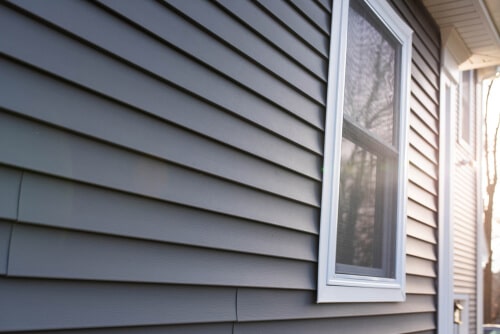
Siding is a protective and decorative material installed on the exterior walls of a home or other building. It’s essentially the first line of defense that safeguards your home against the harsh elements—creating a barrier around the entire structure to keep rain, snow, and powerful winds from seeping inside. Siding helps prevent insects, dirt, and moisture from coming in too!
Beyond protection, siding can also enhance your home’s curb appeal. With so many materials, textures, and colors to choose from these days, siding allows homeowners to express their own personal home style—while helping to increase the value of their home too.
When it comes to choosing the perfect siding for your home, there are many important factors to consider, such as style, level of durability, and maintenance requirements. While there are several siding options on the market today, the four most common types of siding include vinyl, wood, metal, and fiber cement.
Since the late 1960s, vinyl continues to be one of the most commonly used siding materials today. Made primarily from polyvinyl chloride (PVC), vinyl siding is a popular choice among homeowners because it’s strong, affordable, low maintenance, and comes in a range of styles, colors, and textures—you can even get it to mimic the look of real wood siding without the cost!
Looking to make your home more energy-efficient? Consider insulated vinyl siding that features a layer of polystyrene foam to help your home achieve Energy Star certification status.
Pros:
Cons:
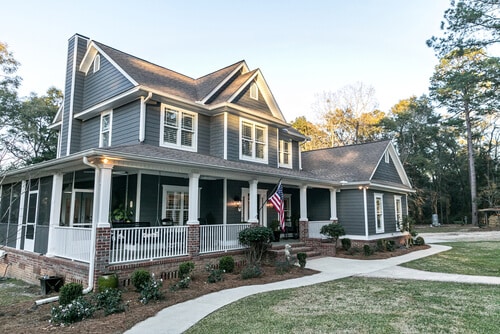
Natural wood siding is not only one of the most attractive home siding options, but it’s also the most eco-friendly type of siding available today that has been around for centuries.
Wood siding is a high-end choice for many homeowners that also comes with a high price tag and high maintenance needs. But the possibilities are endless with wood siding material as there’s an array of different species, grades, styles, shapes, and sizes to choose from. The most common types of wood siding include wood shingles, planks, boards, or siding panels.
Pros:
Cons:
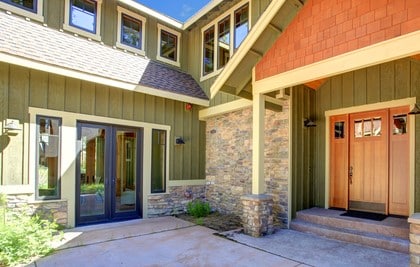
Metal siding provides a sleek, polished look usually associated with modern and contemporary style homes—becoming popular in the 1950s as a response to the high maintenance needs of wood siding. The most common types of metal are aluminum and steel, though keep in mind that the former is prone to dents while the latter is susceptible to rust.
Pros:
Cons:
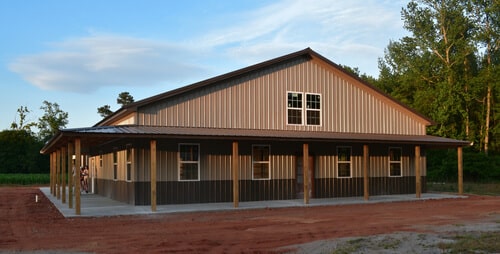
Made from a mixture of materials such as cellulose fibers (wood pulp), cement, and sand, fiber cement siding has certainly grown in popularity in recent years. That’s because this high-quality material is a long-lasting, low-maintenance siding option with a wide variety of shapes, styles, and textures for homeowners to choose from for their own personal touch to their home.
Like vinyl siding, fiber cement siding can be made to replicate the look of real wood but with added durability—though usually at a much higher cost than vinyl.
Pros:
Cons:
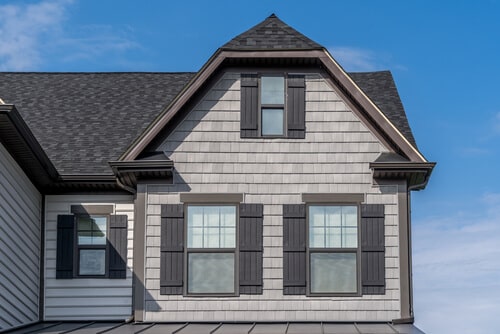
© 2024 Shepherd Roofing & Renovations. All rights & content reserved.